Description
Product Features
| Product Name | : | Lorbrexen |
| Generic Name | : | Lorlatinib |
| Formulation | : | Tablets |
| Available Pack Size | : | 30’s Pot |
| Available Strength | : | 100 mg |
| Registrations | : | Export Only |
Lorbrexen (Lorlatinib), generic Lorbrena is a prescription medicine. It is used to treat metastatic non-small cell lung cancer in patients who have a certain type of abnormal anaplastic lymphoma kinase (ALK) gene. These uses in patients who have already received Alectinib, ceritinib or both Crizotinib. At least 1 other medicine to treat NSCLC that is caused by the ALK gene.
Recommended Dosage
The recommended dosage of LORBRENA is 100 mg orally once daily, with or without food, until disease progression or unacceptable toxicity. Swallow tablets whole and chew, crush or split tablets. Do not ingest broken tablets, cracked, or otherwise not intact.
Take Lorbrexen at the same time each day. One dose is missed, then take the missed dose. Unless the next dose is due within 4 hours. Please not take 2 doses at the same time to make up for a missed dose. Do not take an additional dose if vomiting occurs after Lorbrexen but continue with the next scheduled dose.
Lorlatinib Dosage Modifications for Adverse Reactions
The recommended dose reductions are – First dose reduction: Lorbrexen 100 mg orally once daily. Second dose reduction: LORBRENA 50 mg orally once daily
Disease interactions Lorlatinib
There are 8 disease interactions with Lorbrexen which include:
- Interstitial lung disease
- Atrioventricular block
- CNS effects
- Hepatotoxicity/hepatic impairment
- Hyperglycemia
- Hyperlipidemia
- Hypertension
- Severe renal impairment
For Healthcare Professionals
Applies to lorlatinib: Oral tablet
Hematologic
Very common (10% or more): Anemia (52%), thrombocytopenia (23%), lymphopenia (22%).
Musculoskeletal
Very common (10% or more): Arthralgia (23%), myalgia/musculoskeletal pain (17%), back pain (13%), pain in extremity (13%).
Ocular
Very common (10% or more): Vision disorder (e.g., diplopia, photophobia, photopsia, vision blurred, visual acuity reduced, visual impairment, vitreous floaters) (15%).
Metabolic
Most common (10% or more): Hypercholesterolemia (96%), hypertriglyceridemia (90%), edema (edema peripheral, eyelid edema, face edema, generalized edema, localized edema, periorbital edema, peripheral swelling, swelling) (57%), hyperglycemia (52%), hypoalbuminemia (33%), weight gain (24%), increased lipase (24%), increased alkaline phosphatase (24%), increased amylase (22%), hypophosphatemia (21%), hyperkalemia (21%), hypomagnesemia (21%), Grade 3 or 4 elevations in total cholesterol 17%), Grade 3 or 4 elevations in triglycerides (17%).
Psychiatric
Common (10% or more): Cognitive effects (e.g., amnesia, cognitive disorder, dementia, disturbance in attention, memory impairment, mental impairment, attention deficit/hyperactivity disorder, confessional state, delirium, disorientation, reading disorder) (29%), changes in mood (24%), changes in sleep (e.g., abnormal dreams, insomnia, nightmare, sleep disorder, sleep talking, somnambulism) (10%). Common (1% to 10%): Hallucinations, mental status changes, (10%).
Hepatic
Very common (10% or more): Grade 4 ALT/AST elevation when taken concomitantly with a strong CYP450 3A inducer (50%), Grade 3 ALT/AST elevation when taken concomitantly with a strong CYP450 3A inducer (33%). Common (1% to 10%): Grade 2 ALT/AST elevation when taken concomitantly with a strong CYP450 3A inducer
Respiratory
Very common (10% or more): Dyspnea (27%), cough (18%), upper respiratory tract infection (e.g., fungal upper respiratory infection, viral upper respiratory infection) (12%). Common (1% to 10%): Interstitial lung disease (ILD), pneumonitis.
Important Note:
This is for informational purposes only. For medical advice or diagnosis, consult a professional.
Lorlatinib is a medication used to treat a type of lung cancer called non-small cell lung cancer (NSCLC). It’s important to remember that Lorlatinib is a prescription medication and should only be used under the guidance of a qualified healthcare professional.
If you have any questions or concerns about Lorlatinib, please consult with your doctor or a qualified healthcare provider. They can provide you with the most accurate and up-to-date information about this medication and its potential benefits and risks.
For more Oncology medicine, visit our SHOP

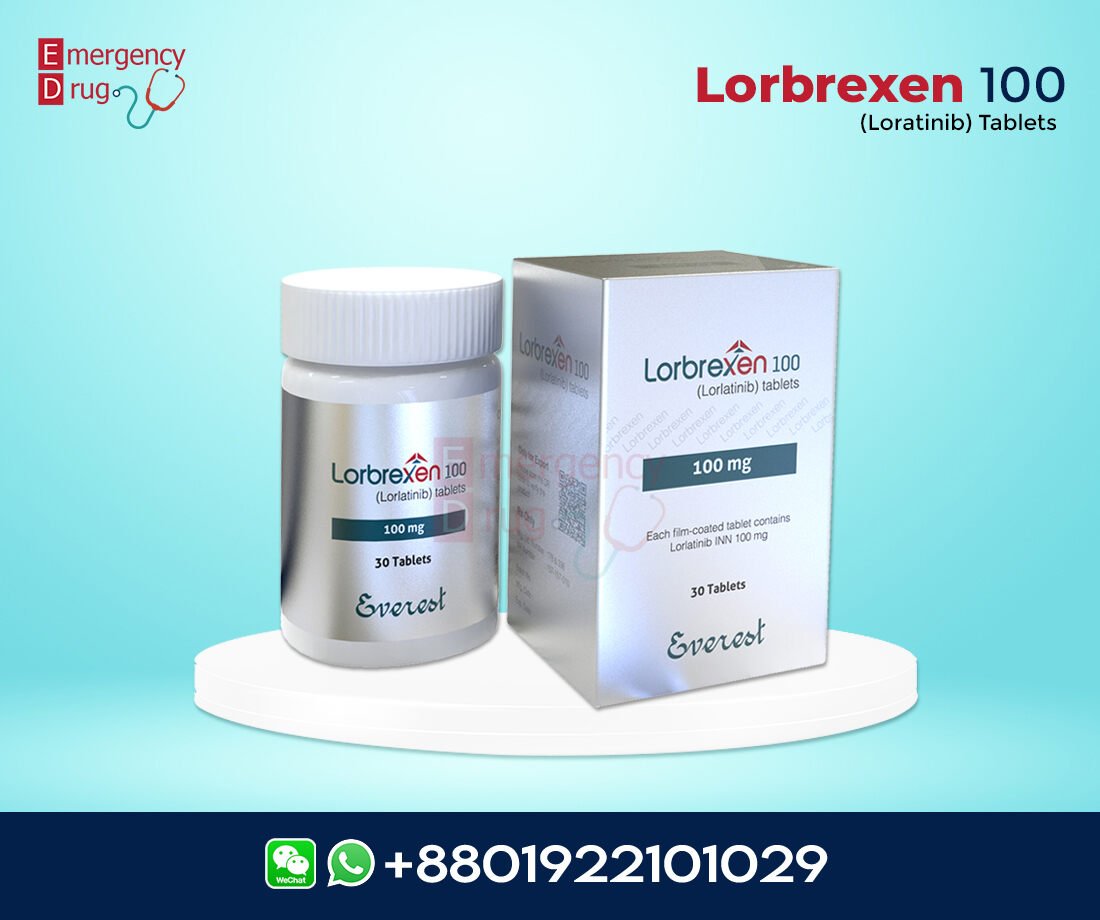



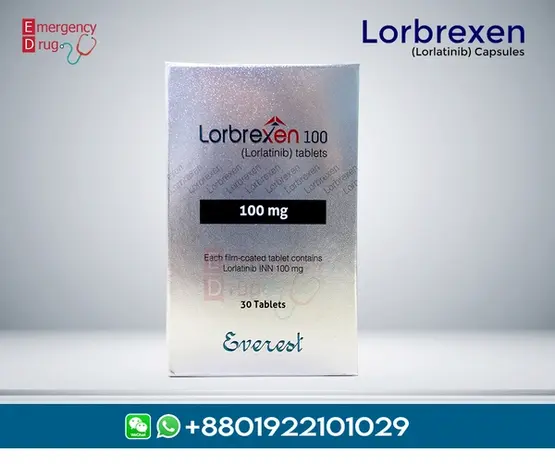
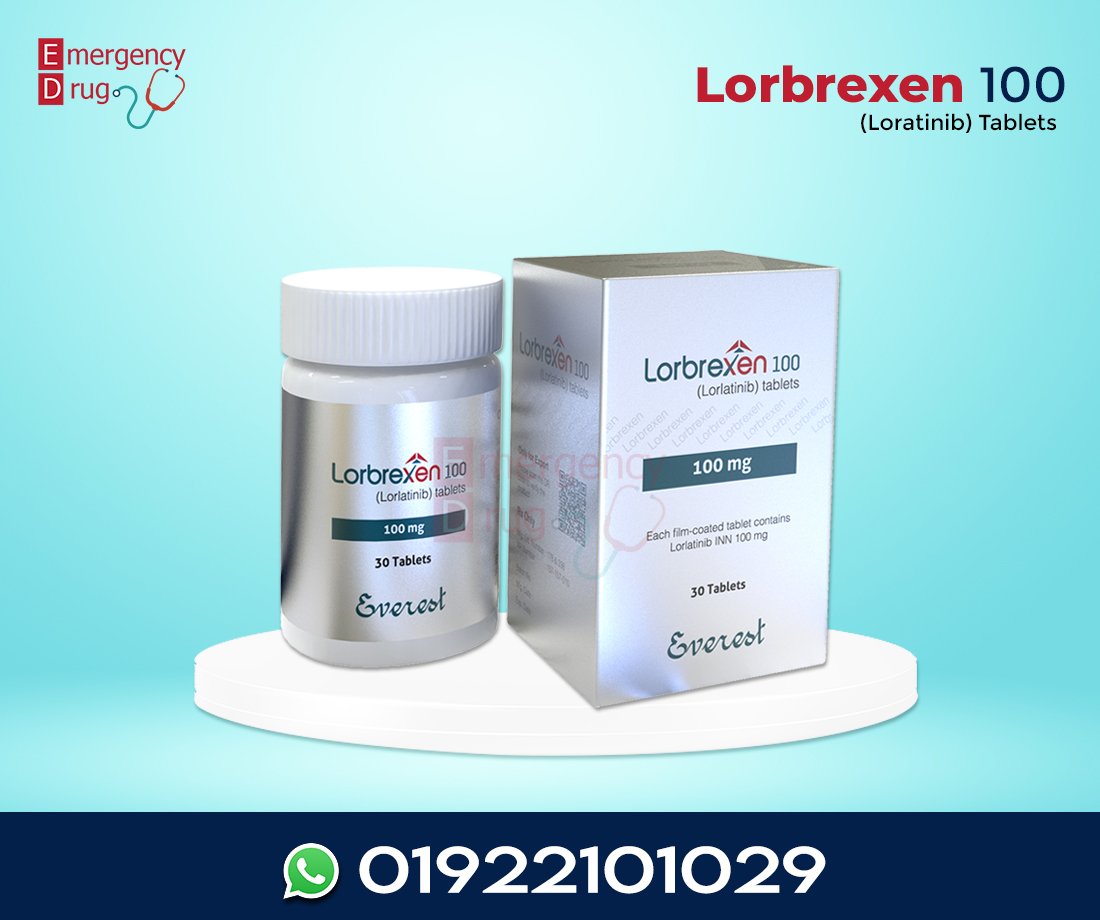
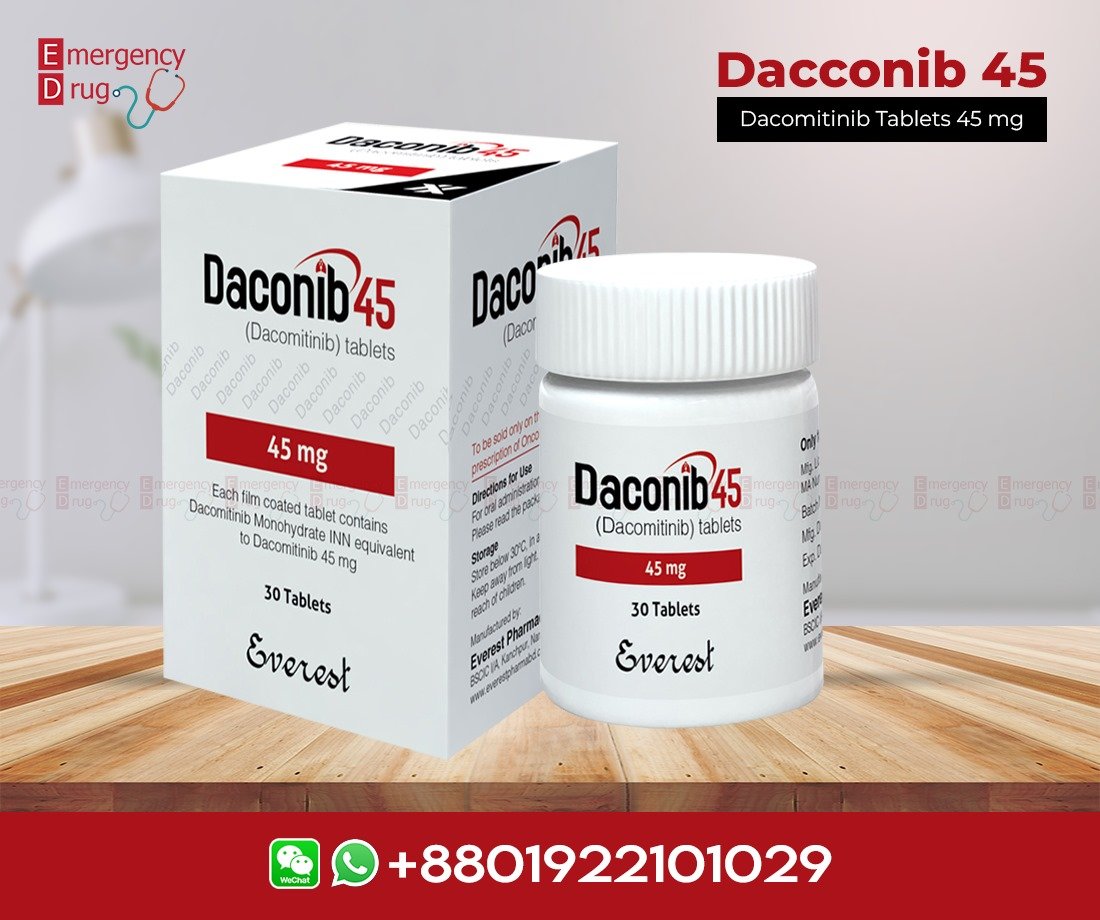
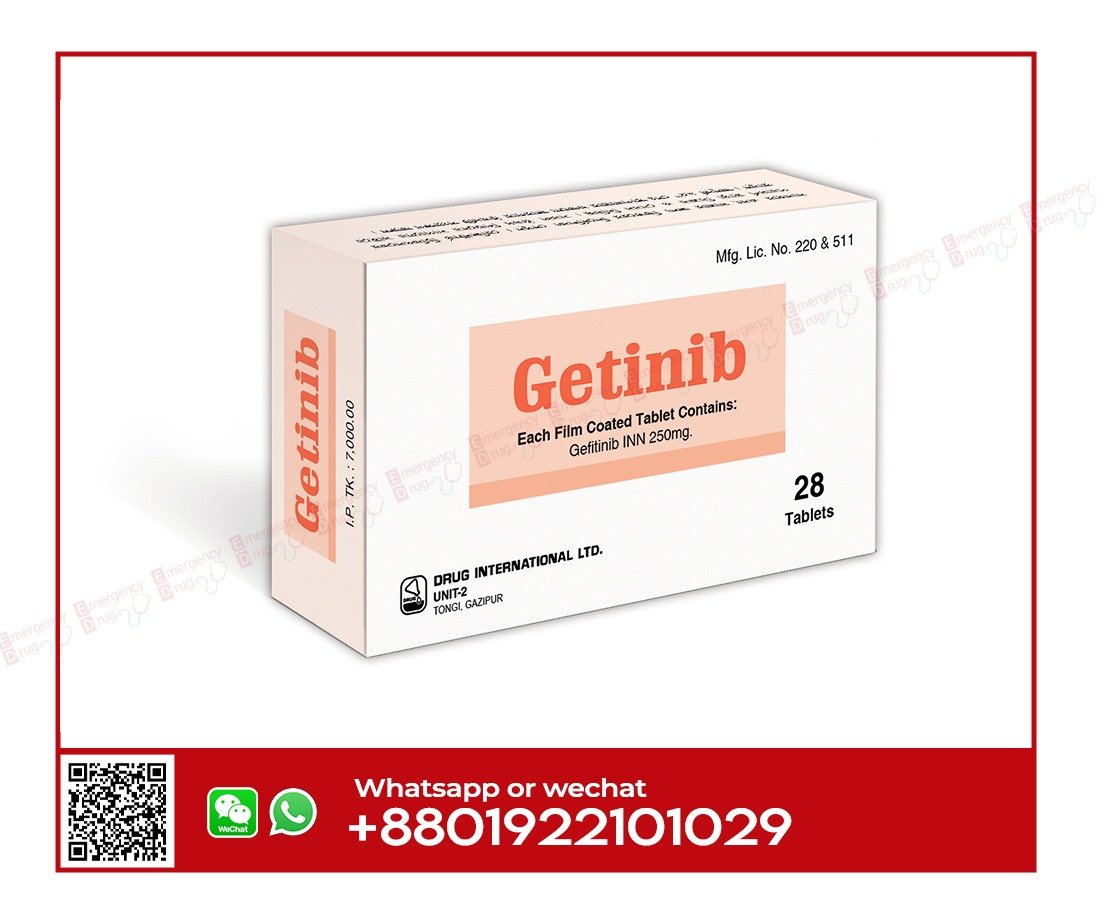
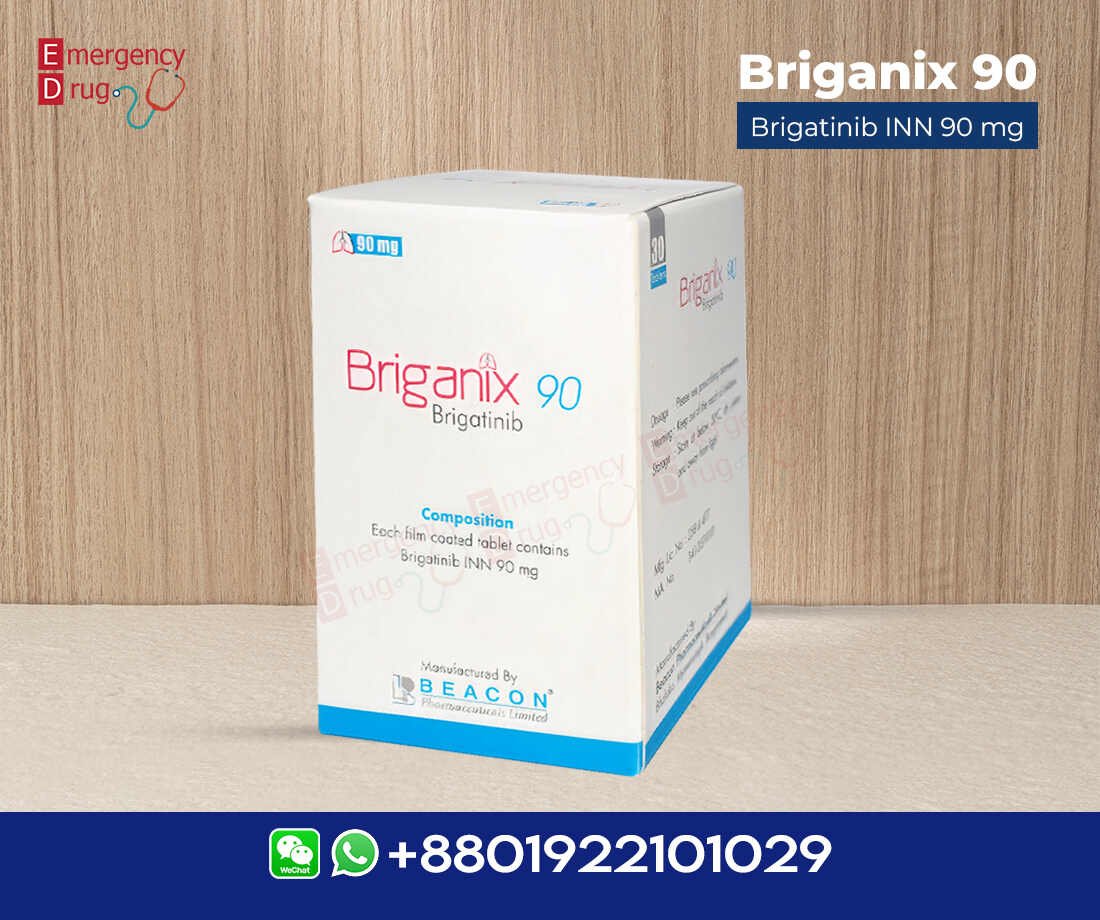

Reviews
There are no reviews yet.